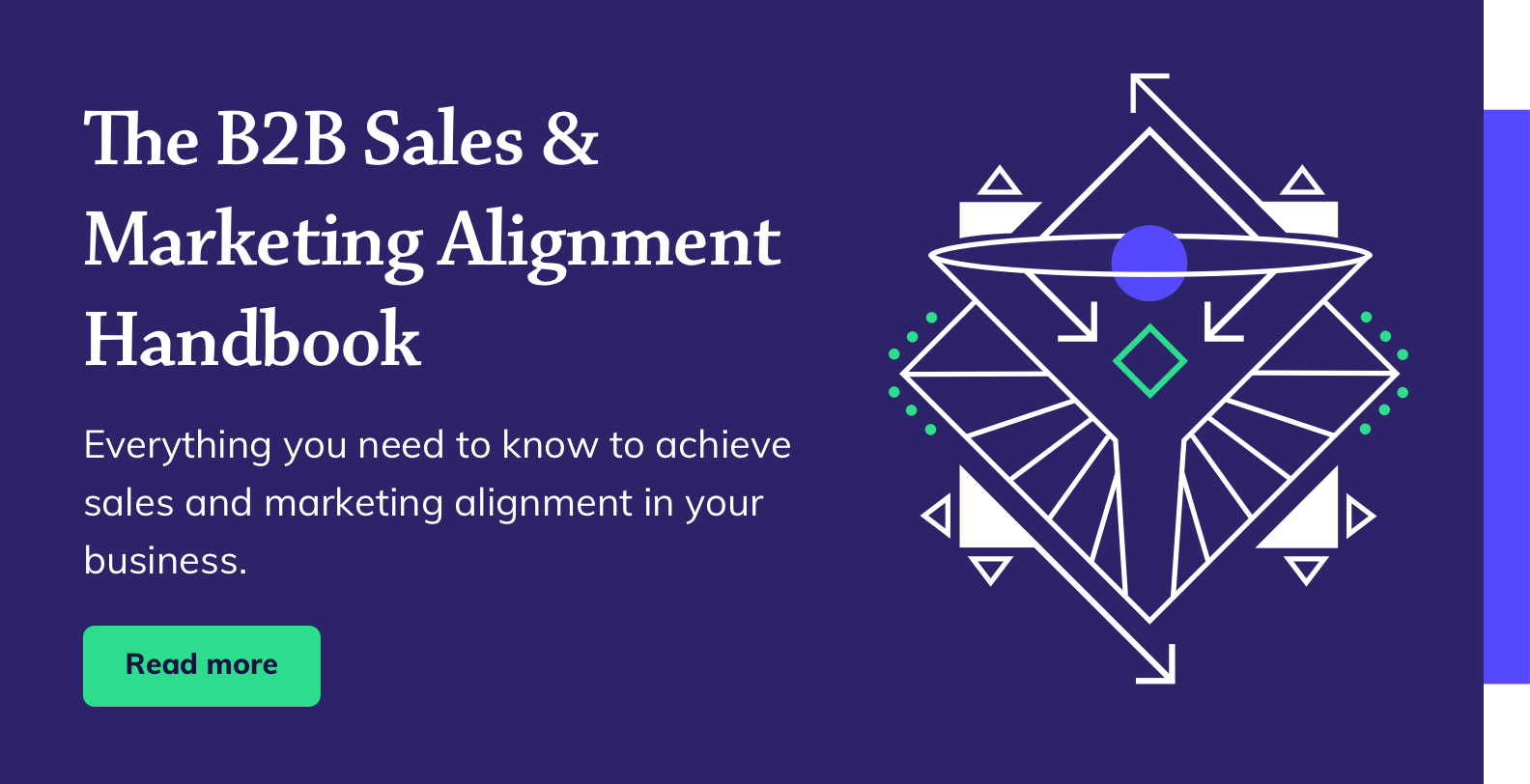The traditional definition of a Marketing Qualified Lead is flawed and seller-centric. A buyer-centric approach is better for all.
In B2B marketing, a Marketing Qualified Lead (MQL) is typically one that marketing feels is ready to be passed to sales.
The term has become synonymous with the measurement of marketing ROI, particularly inbound marketing. But with no specific meaning or definition, it is difficult to use for this purpose.
What is a Marketing Qualified Lead?
A Marketing Qualified Lead (MQL) is a contact deemed ready by an organisation to pass from marketing to sales. Defining an MQL is intended to optimise sales efficiency by focusing them on the leads that are most likely to convert into customers.
The traditional approach
Because MQL is such a flexible concept, conventional wisdom recommends that each organisation develop its own definition - one that works for both its sales and marketing functions.
Doing so, and then sticking to it, however, is far harder than it sounds.
Typically, advice states that the definition of an MQL is based on a range of carefully selected indicators incorporating demographics, firmographics, and behavioural signals.
The idea is that various combinations of these indicators can all result in a lead becoming an MQL.
A system like this usually requires lead scoring to implement, assigning estimated points values to different properties and actions, and labeling leads that meet a certain score as MQLs.
These systems are inherently flawed.
The problems with traditional MQLs
Demographics/firmographics alone are never enough to indicate strong buying intent. The ideal buyer does not equal an interested buyer. Therefore, systems that use these factors have to assign sufficiently smaller values to them to ensure that they never add up to the MQL score, typically rendering them moot.
Behaviour is a far better indicator of interest. However, as most B2B marketers will tell you, trends do not appear quickly or clearly enough for you to know which actions, or how many, equate to a well-qualified lead.
Hence, most lead scoring systems are guesswork, and the MQLs they create don’t stand up under scrutiny.
The typical outcome of such an approach is an MQL definition that, perhaps, everyone agrees with at the outset, but which becomes doubted over time - either because there are not enough MQLs or, conversely, not enough MQLs become opportunities.
When this happens, the system either becomes rigged or ignored.
Seller-centric vs. buyer-centric
The underlying issue with the traditional approach to MQL use is that it is entirely seller-centric - looking internally at what matters to us, not what matters to the buyer.
In the digital age, buyers have all the power. They control the entire purchase decision process and trying to get them to do, think, or want anything that they do not already is near impossible.
In this environment, a buyer-centric approach to sales and marketing - one that listens to buyers' needs and seeks to help, educate and advise, rather than sell - is vital for growth.
And yet, we still try to decide for buyers when they are ready to talk to sales.
It should be the buyer, not us, who decides when they are ready.
The buyer-centric Marketing Qualified Lead
When we think about the trends that are influencing success in other areas of marketing and sales, it makes sense that we should empower the buyer to decide when they are marketing qualified.
Buying decisions are more than 60% complete by the time buyers want to talk to sales.
This is the true, buyer-centric, definition of an MQL. A lead who has been sufficiently engaged, educated, and nurtured by marketing that they reach out and express their desire to talk to sales, either by making contact, booking a meeting, taking a trial, or converting on some other bottom-of-the-funnel offer.
When we define an MQL this way and stop making the decision on behalf of our buyer, the whole system instantly becomes more robust, simpler to manage, and easier to refine.
There can be no debate about who is an MQL and who is not.
In this scenario, marketing can focus on increasing the number of contacts who request sales contact and become MQLs, by driving more traffic, improving conversion rates, and nurturing leads.
Sales, meanwhile, can focus on identifying the highest value prospects (sales qualified leads) and developing ways to efficiently handle the lower value ones - taking steps like creating repeatable sales processes, automating repetitive tasks, and using their CRM consistently.





